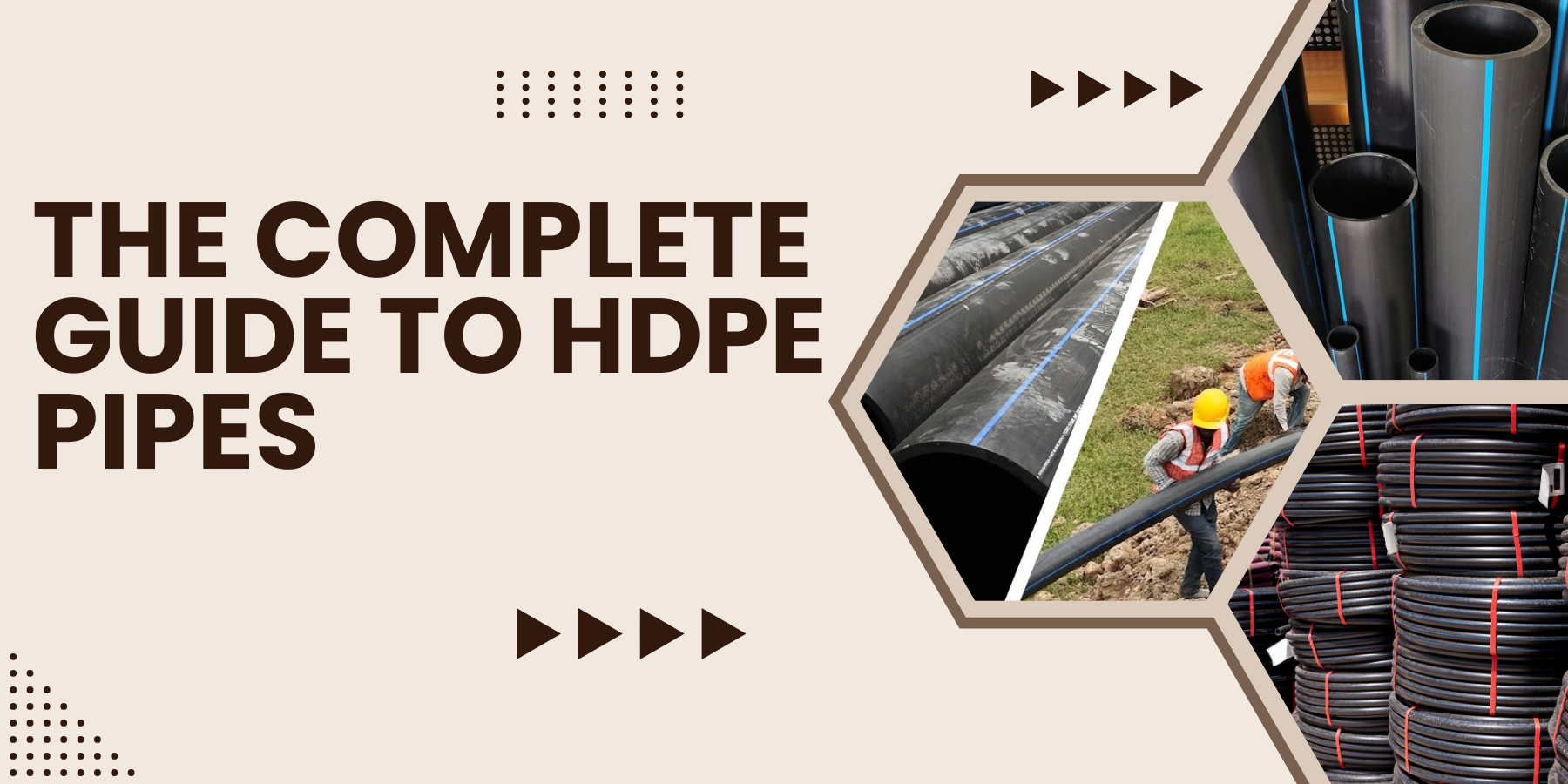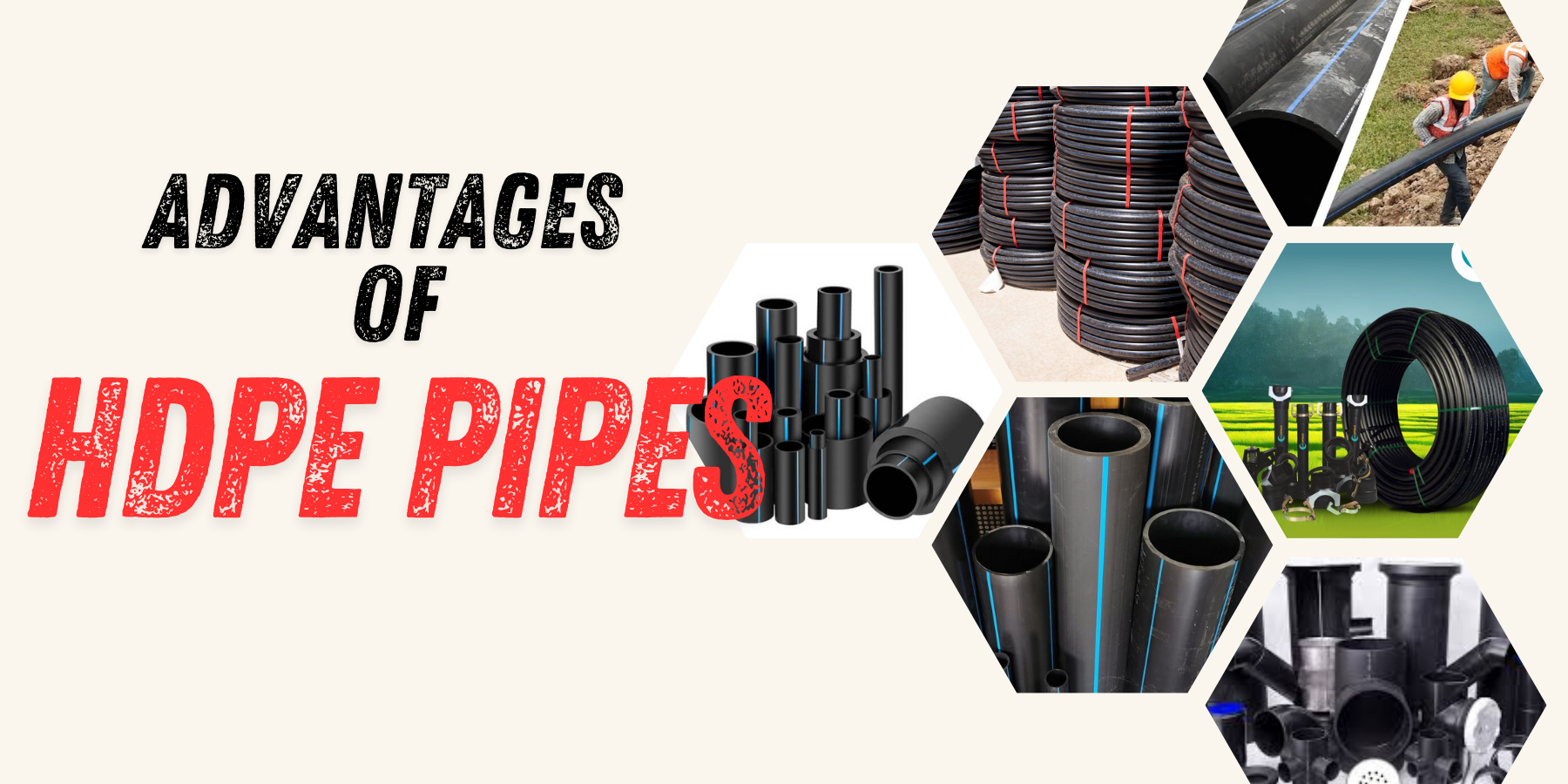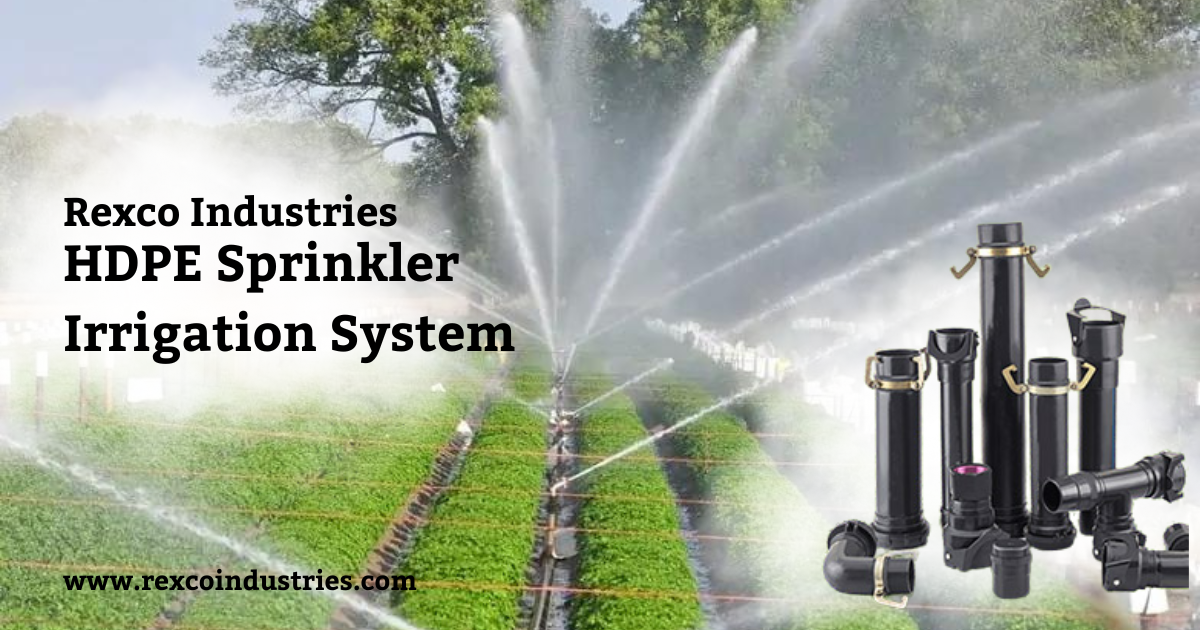Introduction
A. What Are HDPE Pipes?
HDPE stands for High-Density Polyethylene. It’s a type of plastic that’s strong, flexible, and used to make pipes. These pipes are important because they’re very durable and can handle tough conditions like high pressure and corrosive environments. This makes them useful in many different areas, such as water systems, industrial projects, and more.
B. Why This Blog?
This blog will help you understand what HDPE pipes are, how they’re made, and why they’re so popular. By the end, you’ll see why HDPE pipes are often chosen over other materials like PVC and steel, and how they’re helping to create more eco-friendly and cost-effective infrastructure.
What is HDPE?
A. What’s It Made Of?
HDPE is a type of plastic made from ethylene, a simple chemical compound. This plastic is known for being strong and lightweight. Its chemical structure helps it resist damage from chemicals, water, and impact, making it perfect for pipes.
B. How Are HDPE Pipes Made?
HDPE pipes are made through a process called extrusion. In this process, tiny plastic pellets are melted and shaped into long pipes. Once the pipes are formed, they’re cooled and cut to size. The manufacturing process is carefully controlled to make sure the pipes meet high standards for quality and safety.
Key Features of HDPE Pipes
A. Strong and Long-Lasting
HDPE pipes are very strong and can handle heavy use without breaking or cracking. Unlike materials like PVC or steel, HDPE doesn’t rust or corrode, even when exposed to harsh chemicals or outdoor conditions. Because of this, HDPE pipes can last over 50 years in many cases.
B. Flexible and Easy to Install
One of the best things about HDPE pipes is that they’re flexible. This makes them easy to install, even in tough places like hilly or rocky areas. The flexibility also means fewer joints and connections, which reduces the chance of leaks and makes the installation process simpler and quicker.
C. Resistant to Chemicals and Corrosion
HDPE pipes are highly resistant to chemicals, making them safe for carrying everything from water to chemicals and gases. They don’t corrode, which means they stay in good condition even in underground environments where soil and water can be harsh.
D. Good for the Environment and Your Budget
HDPE pipes are environmentally friendly because they’re recyclable and have a lower carbon footprint compared to other materials. Their long lifespan means they don’t need to be replaced as often, which saves resources and money. They also require less maintenance, making them a cost-effective choice for many projects.
Where Are HDPE Pipes Used?
A. Water Supply
HDPE pipes are commonly used in water systems, both in cities and in rural areas. Their strength, flexibility, and resistance to corrosion make them ideal for safely delivering drinking water.
B. Sewage and Wastewater
In sewage systems, HDPE pipes are great because they resist the corrosive chemicals found in wastewater. Their smooth inner surface prevents blockages and makes sure wastewater flows easily.
C. Industry
HDPE pipes are also used in industries like oil and gas, where they need to handle tough chemicals, high pressures, and extreme temperatures.
D. Agriculture
In farming, HDPE pipes are used for irrigation. They’re flexible and durable, making them perfect for delivering water to crops across large fields. This helps save water and improves crop yields.
Why Choose HDPE Pipes Over Other Materials?
A. Better Than PVC
Compared to PVC pipes, HDPE pipes are stronger, more flexible, and better for the environment. PVC pipes can crack under pressure, but HDPE pipes bend without breaking. Plus, HDPE pipes are easier to recycle.
B. Better Than Steel
HDPE pipes don’t rust or corrode like steel pipes do. This makes them last longer, especially in wet or chemically harsh environments. Over time, this also makes them more cost-effective.
C. Economical
Because HDPE pipes last a long time and need less maintenance, they’re cheaper to use in the long run. They’re also easier and faster to install, which can save money on labor costs.
How Are HDPE Pipes Installed and Maintained?
A. Installing HDPE Pipes
There are different ways to install HDPE pipes, including techniques like butt welding and electrofusion, which join pipes together by melting and fusing them. There’s also trenchless installation, which allows pipes to be installed without digging big trenches, saving time and reducing environmental impact.
B. Taking Care of HDPE Pipes
HDPE pipes don’t need much maintenance because they’re so durable. Regular checks and good installation practices can help them last even longer. If they do get damaged, they’re easy to repair using heat fusion methods.
HDPE Pipes and the Environment
A. Recyclable
HDPE pipes are fully recyclable. At the end of their life, they can be melted down and made into new pipes or other products, which helps reduce waste.
B. Lower Environmental Impact
Making HDPE pipes uses less energy and creates a smaller carbon footprint compared to other materials like steel or PVC. Their long life and low maintenance needs also make them a greener choice over time. HDPE pipes are increasingly being used in eco-friendly construction projects.
The Future of HDPE Pipes
A. New Developments
There are always new advancements in HDPE pipe technology, like better materials and new manufacturing techniques. These innovations make HDPE pipes even stronger and more reliable.
B. New Uses
HDPE pipes are being used in new ways, such as in renewable energy projects and smart city infrastructure. For example, they’re used in geothermal heating and as conduits for electrical and telecom cables.
C. Building Smarter Cities
As cities get smarter and more sustainable, HDPE pipes are playing a big role. They’re used in smart water systems and other underground utilities, helping build the cities of the future.
Conclusion
A. Summary
HDPE pipes are strong, flexible, and environmentally friendly. They’re used in many different applications, from water systems to industrial uses, and they’re a smart choice because of their long life and cost savings.
B. Final Thoughts
As we continue to build and improve our infrastructure, HDPE pipes will likely become even more important. Their combination of durability, affordability, and environmental benefits makes them an excellent choice for future projects.


